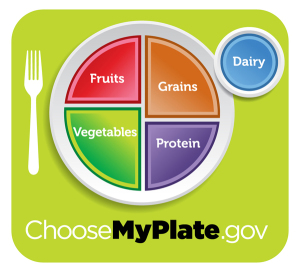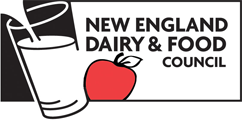 Dietary Guidelines
Dietary Guidelines
2015-2020 Dietary Guidelines for Americans
The 2015-2020 Dietary Guidelines for Americans were released on January 7, 2016. Many American’s are overweight and undernourished, meaning they are falling short on key nutrients that could put their health at risk. The 2015 Dietary Guidelines for Americans are science-based recommendations that emphasize the importance of choosing nutrient-dense foods and beverages, while balancing calories to manage body weight. Here are three things to know about dairy’s role in these new guidelines:
1. Dairy foods (e.g., low-fat and fat-free milk, cheese and yogurt) retain their important role in the diet.
Dairy foods help Americans meet nutrient recommendations for calcium, vitamin D and potassium – nutrients we’re not getting enough of. And not only do dairy foods taste great, they are accessible, contain essential nutrients and come in a variety of options from lactose-free to low-fat or lower sodium — at a reasonable cost.
2. You can feel confident about helping children and adolescents eat the recommended amounts of dairy foods each day.
Dairy foods are recommended to help meet calcium and vitamin D recommendations, and are linked with improved bone health in children and adolescents. In fact, milk is the No. 1 food source of nine essential nutrients in the diets of America’s children including calcium, vitamin D and potassium, three of the four nutrients the DGA notes children don’t get enough of.
3. Build and enjoy a “healthy eating pattern” that includes dairy foods.
The new Guidelines propose three different healthy eating patterns: Healthy U.S-Style, Healthy Vegetarian and Healthy Mediterranean-Style and dairy foods are part of all three. While there may be several ways to build a healthy diet, low-fat and fat-free dairy foods like milk, cheese and yogurt play an essential role due to their unique set of nutrients and contributions to health benefits, not to mention taste, satisfaction and enjoyment.
Regardless of your path to a healthy diet, three daily servings of dairy foods like milk, cheese and yogurt can play an important role in dietary patterns and your well-being, from childhood through adulthood.
Sources: 1.) The 2015 Dietary Guidelines for Americans 2.) DairyGood.org
MyPlate: Bringing the Current Dietary Guidelines to life!
 MyPlate was created to illustrate the five food groups that are the building blocks for a healthy diet using a familiar image—a place setting for a meal. Before you eat, think about what goes on your plate or in your cup or bowl. Foods like vegetables, fruits, whole grains, low-fat dairy products, and lean protein foods contain the nutrients you need without too many calories. Here are some tips to follow:
MyPlate was created to illustrate the five food groups that are the building blocks for a healthy diet using a familiar image—a place setting for a meal. Before you eat, think about what goes on your plate or in your cup or bowl. Foods like vegetables, fruits, whole grains, low-fat dairy products, and lean protein foods contain the nutrients you need without too many calories. Here are some tips to follow:
- Make half your plate fruits and vegetables
- Switch to skim or 1% milk
- Make at least half your grains whole
- Vary your protein food choices
Additional resources and materials (including MyPlate placemats and posters) are available for ordering through our online catalog!
